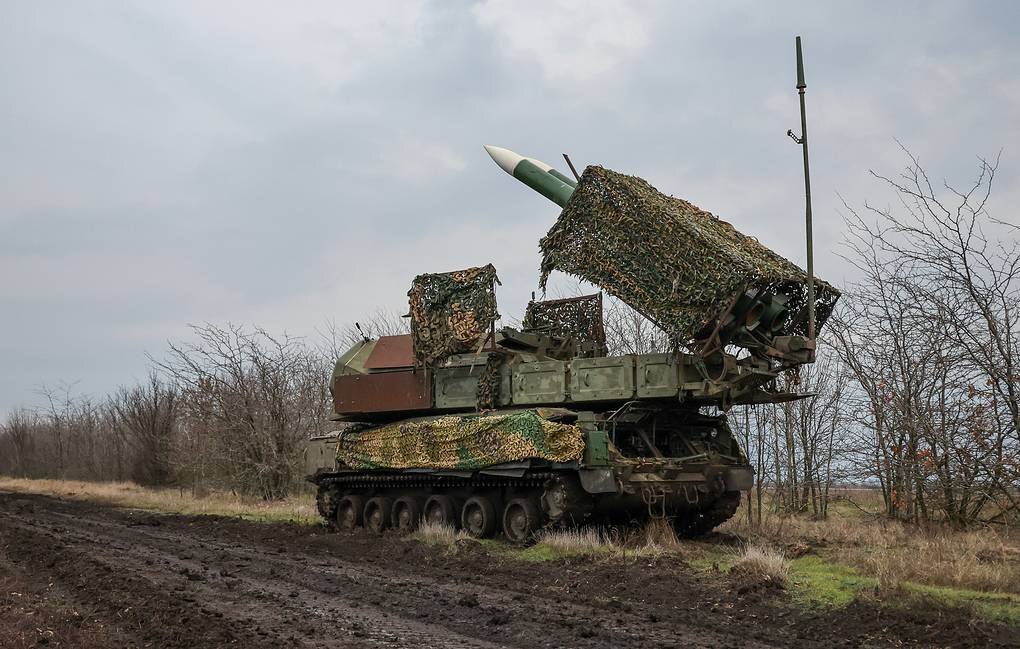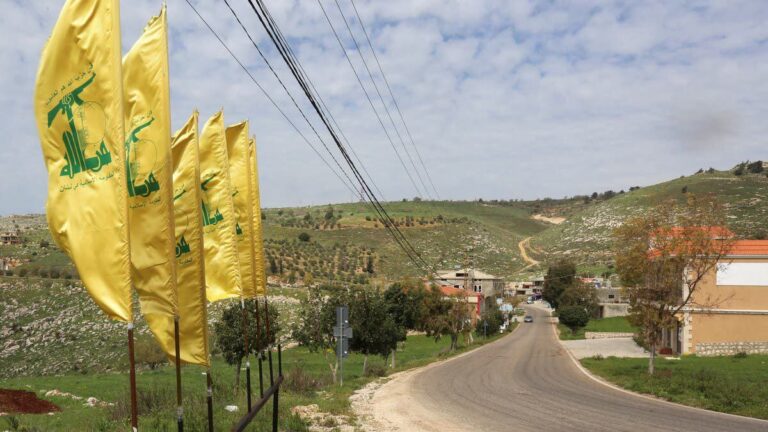Massive Blaze Ignites at Russian Oil Refinery Following Ukraine Strike
In a recent escalation of tensions, air defenses successfully intercepted and destroyed a staggering 49 Ukrainian drones across seven Russian regions during an overnight operation, as reported by the Defense Ministry. This significant military action highlights the ongoing conflict and its implications for regional safety and security.
According to the Defense Ministry, the breakdown of the intercepted drones is as follows:
- Rostov Region: 25 drones
- Volgograd Region: 8 drones
- Kursk Region: 6 drones
- Yaroslavl Region: 4 drones
- Belgorod Region: 2 drones
- Voronezh Region: 2 drones
- Krasnodar Region: 2 drones
The situation took a concerning turn when debris from one of the intercepted drones fell onto an oil refinery in the Volgograd Region. This incident led to a fire at the facility, as reported by the regional administration’s Telegram channel. Fortunately, the fire was extinguished quickly. However, one employee of the oil refinery sustained injuries and was subsequently hospitalized, according to TASS news agency.
In addition to the refinery incident, there were reports of injuries caused by falling drone debris in other regions. Specifically, in the southern part of the Voronezh Region, a driver was injured when a drone fell, as confirmed by Governor Alexander Gusev. The incident resulted in damage to both a house and a nearby farm. Furthermore, the glazing of an industrial enterprise in Voronezh also suffered damage due to the drone debris.
In the Vladimir Region, another incident was reported where a private residence experienced slight damage to its fence from a falling drone, as stated by Governor Alexander Avdeyev. These occurrences reflect the broader implications of the drone activity on civilian infrastructure and safety.
The ongoing use of drones in conflict zones raises critical questions about airspace security and the impact on local communities. As these incidents unfold, the need for effective air defense measures becomes increasingly evident. The Russian Defense Ministry’s successful interception of these drones underscores the challenges posed by drone warfare and the necessity for robust protective strategies.
These developments also contribute to the complex geopolitical landscape, with both sides continuing to leverage technology in their military strategies. The increased use of drones in warfare not only reshapes traditional combat tactics but also poses new risks to civilian populations and infrastructure.
As the situation evolves, it is crucial for governments and military officials to adopt comprehensive measures to safeguard civilians and mitigate damage from such aerial threats. The recent events serve as a stark reminder of the potential dangers associated with drone warfare, and the importance of maintaining security protocols to protect critical infrastructures.
In conclusion, the interception of 49 Ukrainian drones by Russian air defenses highlights the escalating conflict and its implications for regional security. The incidents of damage and injury caused by falling debris further emphasize the need for vigilant air defense and the protection of civilian lives. As tensions continue to rise, the international community must remain aware of the evolving dynamics of warfare and the potential consequences for affected regions.






